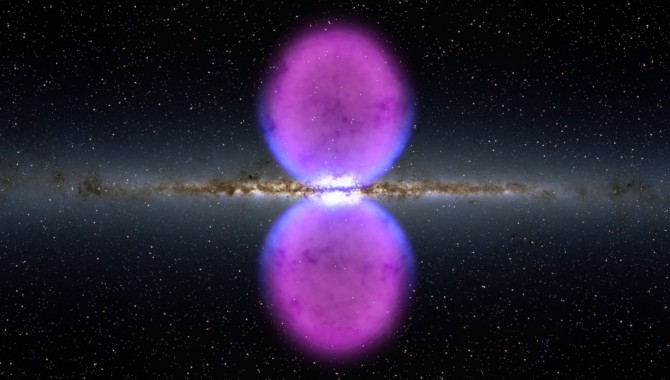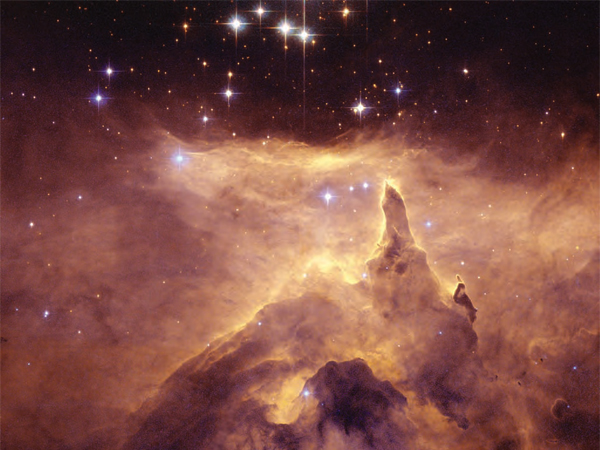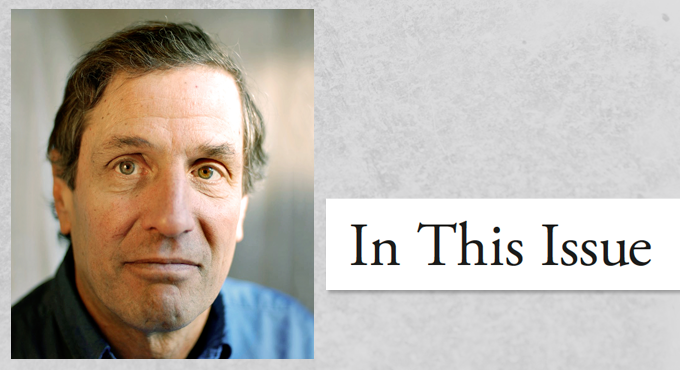
NASA in the News
NASA’s Fermi Gamma-ray Space Telescope has unveiled a previously unseen structure centered in the Milky Way. Two gamma-ray-emitting bubbles that extend 25,000 light-years north and south of the galactic center were discovered after processing publicly available data from Fermi’s large area telescope. The bubble emissions are more energetic than the gamma-ray fog seen elsewhere in our galaxy, and these emissions, as well as the structure’s shape, suggest it was formed as a result of a large and rapid energy release—the source of which remains a mystery. Scientists are conducting more analyses to better understand how the never-before-seen structure was formed. Read more about Fermi and this discovery.
NASA Tweetups
Get a behind-the-scenes look at NASA with Tweetups. A Tweetup is an informal meeting of people who use the social messaging medium Twitter. NASA Tweetups provide @NASA followers with the opportunity to visit NASA facilities and speak with scientists, engineers, astronauts, and managers. The events range from two hours to two days in length and include a “meet and greet” session to allow participants to mingle with fellow tweeps and the people behind NASA’s Twitter feeds. Registration for upcoming NASA Tweetups is announced at www.nasa.gov/connect/tweetup/index.html, @NASA and @NASATweetup.
Web of Knowledge
In 2010 NASA set a new course for human spaceflight, helped rewrite science textbooks, redefined our understanding of Earth’s nearest celestial neighbor, put the finishing touches on one of the world’s greatest engineering marvels, made major contributions to life on Earth, and turned its sights toward the next era of exploration. Read more about these accomplishments at NASA’s Year in Review.
For More on Our Stories
Additional information pertaining to articles featured in this issue can be found by visiting the following web sites:
Feedback
We welcome your comments on what you’ve read in this issue of ASK and your suggestions for articles you would like to see in future issues. Share your thoughts with us.








